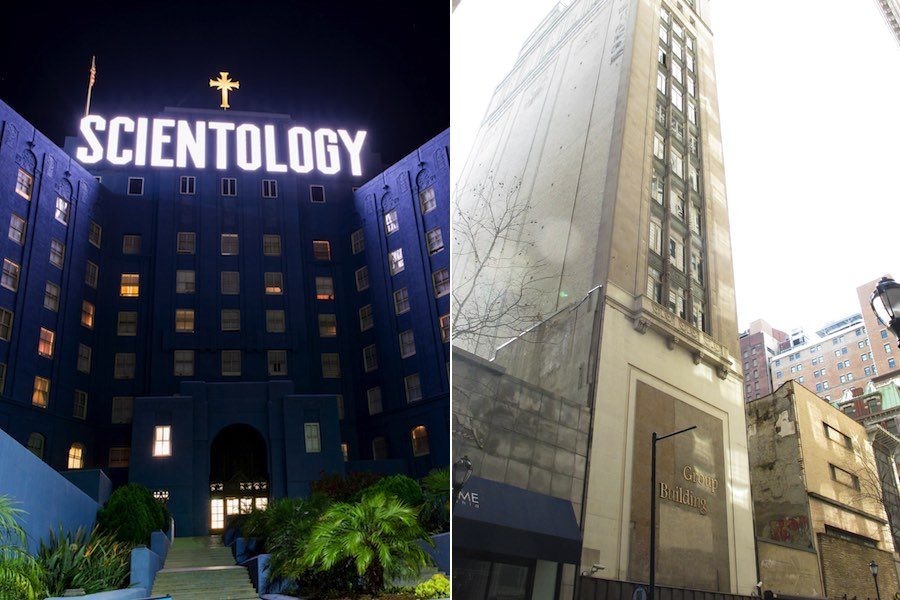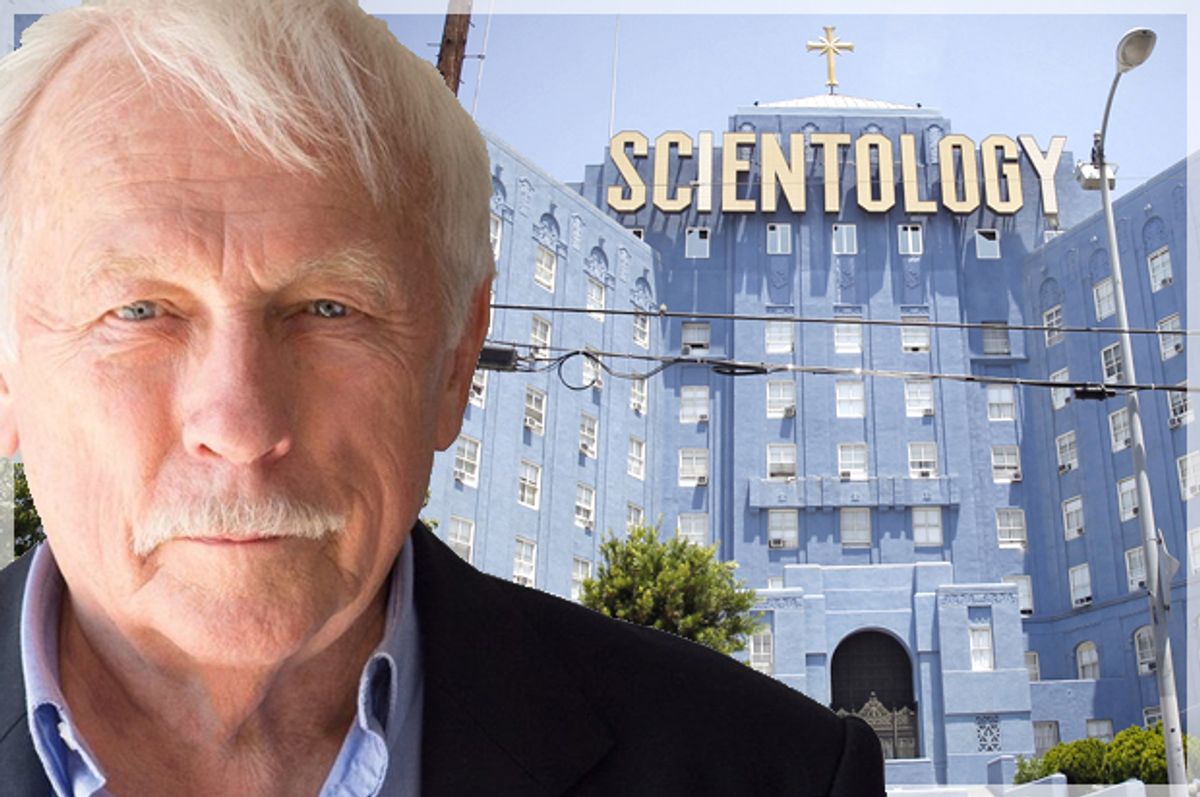Introducing the Truth Concerning Scientology: Dispelling Myths and Misconceptions
Introducing the Truth Concerning Scientology: Dispelling Myths and Misconceptions
Blog Article
The Reality Regarding the Church of Scientology Revealed
The Church of Scientology has long been a topic of both fascination and controversy, with its beginnings dating back to the mid-20th century. As we start to unravel the reality about the Church of Scientology, a more clear image arises, disclosing a narrative that is as appealing as it is controversial.
Beginnings and Establishing
The Church of Scientology was started in 1954 by scientific research fiction writer L. Ron Hubbard. Hubbard at first established a self-help system called Dianetics, which later developed right into what is now referred to as Scientology. The beginnings of Scientology trace back to Hubbard's discontentment with standard psychiatric therapy methods and his belief in the possibility for individuals to overcome past injuries and achieve spiritual knowledge.
Hubbard's teachings centered around the idea of thetans, never-ceasing spiritual beings provide in all people, and the practice of bookkeeping, a form of counseling targeted at uncovering and attending to previous traumas (Scientology). These principles created the foundation of Scientology, which Hubbard explained as a faith that used a course to self-discovery and individual development
The Church of Scientology rapidly gained fans, with Hubbard establishing the very first main Church of Scientology in Los Angeles. Over the years, the company broadened worldwide, attracting both dedicated fans and movie critics who elevated problems about its practices and beliefs. In spite of disputes surrounding its methods and origins, Scientology remains to be a considerable religious movement with a presence in various countries worldwide.

Beliefs and Practices
With a focus on spiritual enlightenment and personal development, Scientology's beliefs and methods revolve around revealing past traumas and attaining self-discovery through the idea of thetans and the technique of auditing. Thetans, according to Scientology teaching, are immortal spiritual beings that exist within each individual.
By doing so, Scientologists believe they can attain spiritual knowledge, improve individual growth, and reach their full possibility as spiritual beings. The practice of auditing is central to the beliefs and techniques of Scientology, emphasizing self-discovery and the search of a greater state of presence.
Objections and controversies
In the middle of public examination and discussion, the Church of Scientology has actually faced a wide variety of disputes and criticisms regarding its techniques and influence on culture. One substantial factor of contention focuses on the company's alleged monetary practices, with allegations of expensive fees for solutions and aggressive fundraising strategies - What is Scientology. Movie critics have actually likewise elevated worries about the Church's rigorous hierarchical structure, which some previous members claim fosters a culture of control and manipulation
Furthermore, the Church of Scientology has gone through widespread objection for its treatment of participants, including accusations of forced labor, psychological abuse, and the practice of disconnection, where participants are motivated to sever ties with household and close friends important of the Church. These techniques have actually brought about different legal difficulties and examinations in multiple countries, casting a darkness over the Church's reputation.
In Addition, the Church's aggressive legal strategies versus media and doubters electrical outlets have actually triggered debates concerning free speech and the restrictions of religious defense. These conflicts have substantially shaped public assumption of the Church of Scientology and proceed to sustain continuous discussions regarding its click for more legitimacy and influence on society.
Leadership and Framework
How does the leadership framework of the Church of Scientology influence its operations and decision-making processes? The Church of Scientology is known for its hierarchical leadership version, which is systematized around the authority of its leader, presently David Miscavige. As the Chairman of the Board of the Religious Modern Technology Center, Miscavige holds significant power within the organization. This centralized management structure permits quick decision-making and regular enforcement of policies across the church's numerous branches worldwide.
At the neighborhood level, Scientology operates via private churches and missions, each with its very own collection of leaders accountable for overseeing operations within their particular locations. These leaders are tasked with carrying out the directives stated by the central management while additionally dealing with the certain requirements of their members.
While this ordered framework can guarantee and improve procedures adherence to the church's teachings, it has actually also run the gauntlet for potential abuses of power and lack of transparency. Recognizing the leadership and structure of the Church of Scientology is critical in comprehending exactly how the organization functions and the characteristics at play within its rankings.
Impact and Impact
What significant effects does the management framework of the Church of Scientology have on its participants and external stakeholders? The hierarchical management structure within the Church of Scientology applies an extensive impact on its members and outside stakeholders. Members are commonly subjected to strict control and monitoring, with significant stress to adapt the ideas and techniques determined by the leadership. This can lead to a loss of individual freedom and vital thinking skills, as individuals are anticipated to unquestioningly follow the regulations established forth by the company's leaders (Church of Scientology).
Externally, the Church of Scientology's leadership structure can have a polarizing effect on stakeholders. While some might be attracted to the organization's charismatic leaders and pledges of self-improvement, others might watch out for the control applied over participants and the controversies bordering the church. This can result in a division in public assumption, with some seeing the company favorably and others revealing uncertainty or criticism. On the whole, the leadership structure of the Church of Scientology plays a significant function in forming the experiences and understandings of both participants and exterior stakeholders.
Conclusion

The Church of Scientology rapidly acquired followers, with Hubbard developing the first main Church of Scientology in Los Angeles.Among public analysis and dispute, the Church of Scientology has faced a wide variety of debates and criticisms concerning its go practices and impact on culture.What considerable impacts does the leadership structure of the Church of Scientology have on its participants and external stakeholders? The ordered leadership framework within the Church of Scientology puts in a profound influence on its members and exterior stakeholders. Overall, the management structure of the Church of Scientology plays a substantial role in forming the experiences and perceptions of both participants and external stakeholders.
Report this page